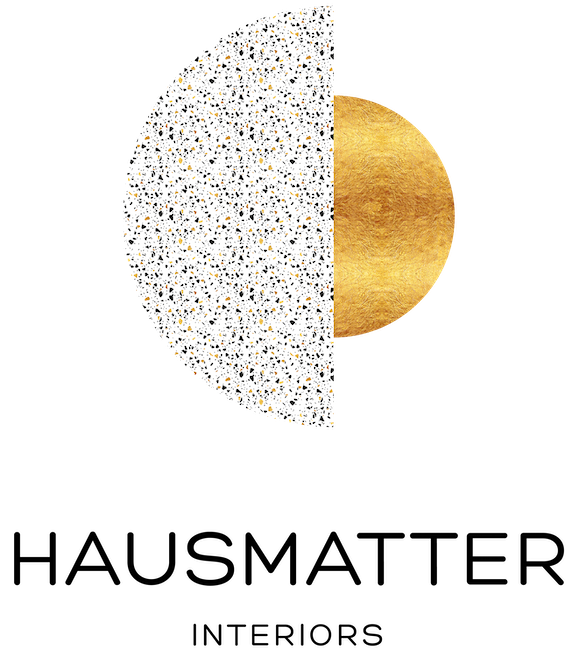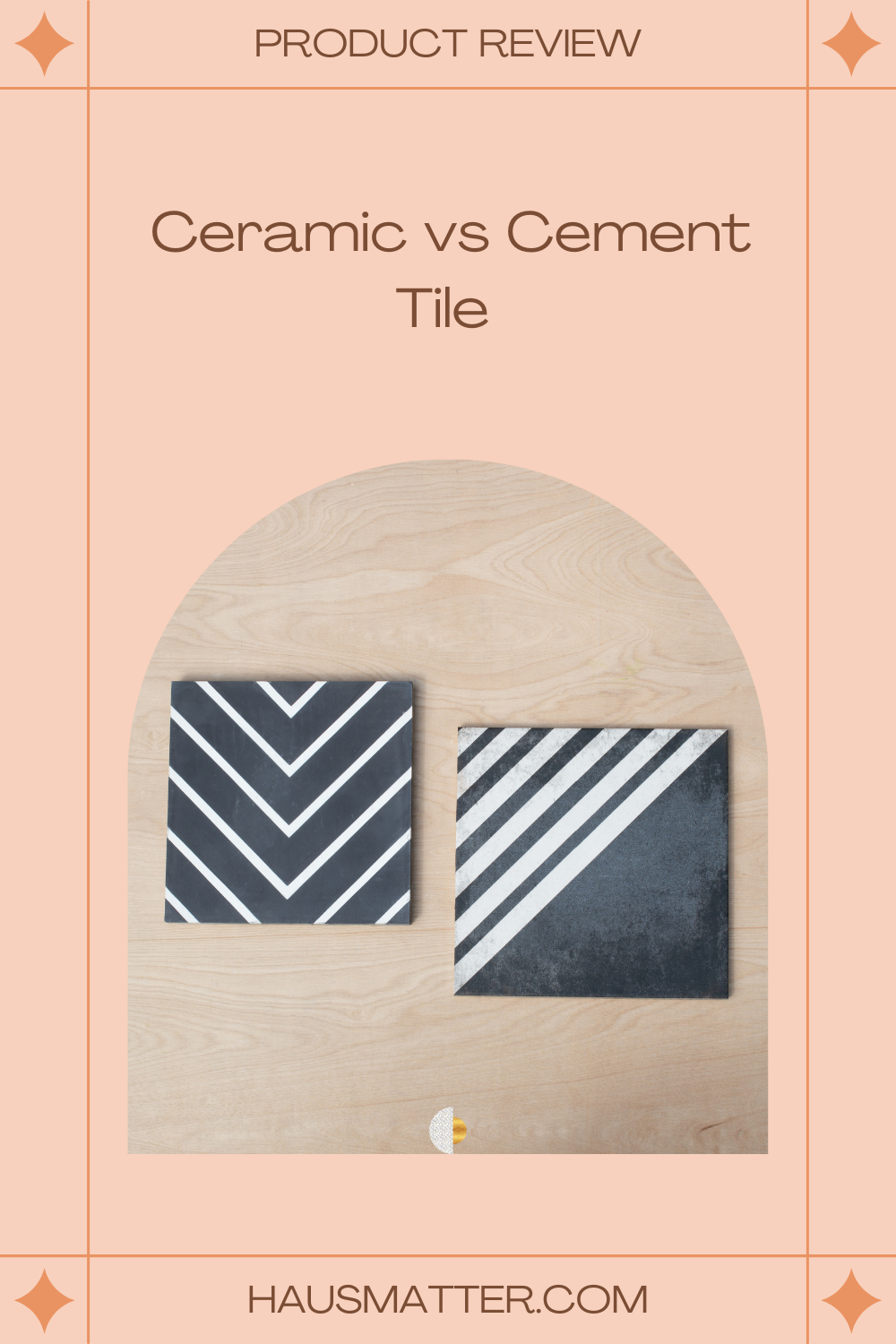Can You Spot the Fake Cement Tile?
The Cement (or concrete, to be more precise) tile trend has been booming for the past few years, and along with wallpaper, this is a trend I don’t see going anywhere any time soon. But it’s one that leaves so many people disappointed once they actually have it in their home, so I wanted to write a post on understanding these tiles a bit better. I’m also going to share an alternative and explain the pros and cons of each so you can make the right decision!
Can you tell which of the below tiles is made of porcelain and which is made of concrete?
They look very similar but the list of differences is a mile long. I’ll give you the footnotes version.
Encaustic look-alike tile
The porcelain tile has been fired with a glaze so it can be used in virtually any application due to it’s weather resistance. The glaze is available in matte or glossy finishes. If you are looking for an authentic, encaustic tile-look, matte would be your best option. The price? $6.99 a square foot.
The porcelain tile has been distressed to give it a faux-cement tile look but actually has none of the properties of a handmade, encaustic tile.
Concrete tile
Concrete tile on the other hand, is hand-made, with a focus on irregularities. These are often referred to as Encaustic tiles, which have been around for centuries. In actuality though, traditional encaustic tiles are made from clay, not concrete. Either way, the flaws are the point when it comes to these tiles, and if you are looking for a uniformed look, this is not the best option. Each concrete tile is made one at a time using a brass mold and hydraulic process. Each color in the pattern is manually made by applying separate pigments, one at a time. The cost of this tile is $8.75 per square foot, so very comparable.
There is no glaze, so they are extremely porous. This is a big deal because for most of us, when we think of tile, it has that dinner-plate finish you could pour kool-aid on and it would slip right off. You would never worry about staining a tile typically, so this is what messes a lot of folks up. Enter concrete tile and its unfinished surface. Is this a con? Well, that just depends on the look you are going for. The issue I have with the way these are presented online, by the manufacturers, is they are always pristine-looking. The whites are pure white and there aren’t ever any stains. This is realistic, I guess, at the stage of photography as they’ve never been used; however, they will not look like this for long. Even if they are sealed, they will show wear eventually. Most manufacturers recommend resealing 1-2 times per year in high-traffic areas!! Short of maybe covering them with an epoxy, there is no way to keep them looking like they do on the product listing page. Think of your concrete drive-way, and then just enter into it with the expectations it will be weathered just like that over time. I personally really like the look of an authentic, encaustic tile with all it’s irregularities. Much like faded-denim, it just get’s better with age. But this my opinion, and if it’s going into your home, you would need to like that too.
How gorgeous are these encaustic tiles from the 12th century? Their imperfections give them so much life and character.
Application is key.
Looking for a tile under your range hood? Don’t go for the concrete. I’ve seen this so many times and it baffles me because this is a place where spaghetti sauce is flying. Mudrooms, wood burning fireplaces, shower floors exposed to hard water, or any other area prone to stains, I would personally avoid. You caaaaan use a wax over the sealer to add an extra layer of protection, but again, this is just you trying to play god. In outdoor applications, avoid them if you are in an area prone to frost or freeze as this can cause them to crack. They can also be quite slippery when wet.
Area’s I typically recommend them: Think of the backsplash in your guest powder room, the hearth of your gas fireplace or the front of a kitchen island as a place to use these tiles. If you don’t mind a vintage-look, I say go for the kitchen or bathroom floor! The main thing is to know what to expect.
See this photo from the manufacturer? No irregularities here. I guess it’s possible to keep it looking like this if it’s sealed. and resealed regularly. and waxed. and you never spill.
But the staining is just one thing to consider. I haven’t talked about chipping yet. Read on for more.
The easiest way to tell the difference in these tiles is to look at the edges.
See the layers in the concrete tile? This is called a Through-body tile, meaning the pattern goes deep. This is something you see in non-glazed tiles. The best part? When the tile is chipped, the color will still remain visible. This is a pro!
You can see on the porcelain tile that the patterned glaze is very thin, so if this get’s chipped, you will see the white porcelain exposed. Now, there are things you can do to remedy this if it happens, but it is important to consider. If it get’s chipped in the middle of the lines or pattern, it would be harder to disguise. The porcelain glaze is pretty durable, but I probably wouldn’t use them on an outdoor patio where iron chairs are being thrown around. I think kitchens and bathrooms are a great location because there isn’t furniture being moved across them constantly.
Unglazed porcelain tiles can have a through-body, like concrete, but only if they are a solid. Patterned porcelain tiles, whether glazed or not, only have the design on the surface due to the way they are made.
So I don’t really think there is a wrong answer here; both are good tiles. It’s all about realistic expectations and application. My best advice is to order samples and live with them awhile. Expose them to the things they would be exposed to in the room you are wanting to install them. Walk on them - spill things on them, seal or wax them (if that’s your plan) etc., and then see if you can live with them after that!










